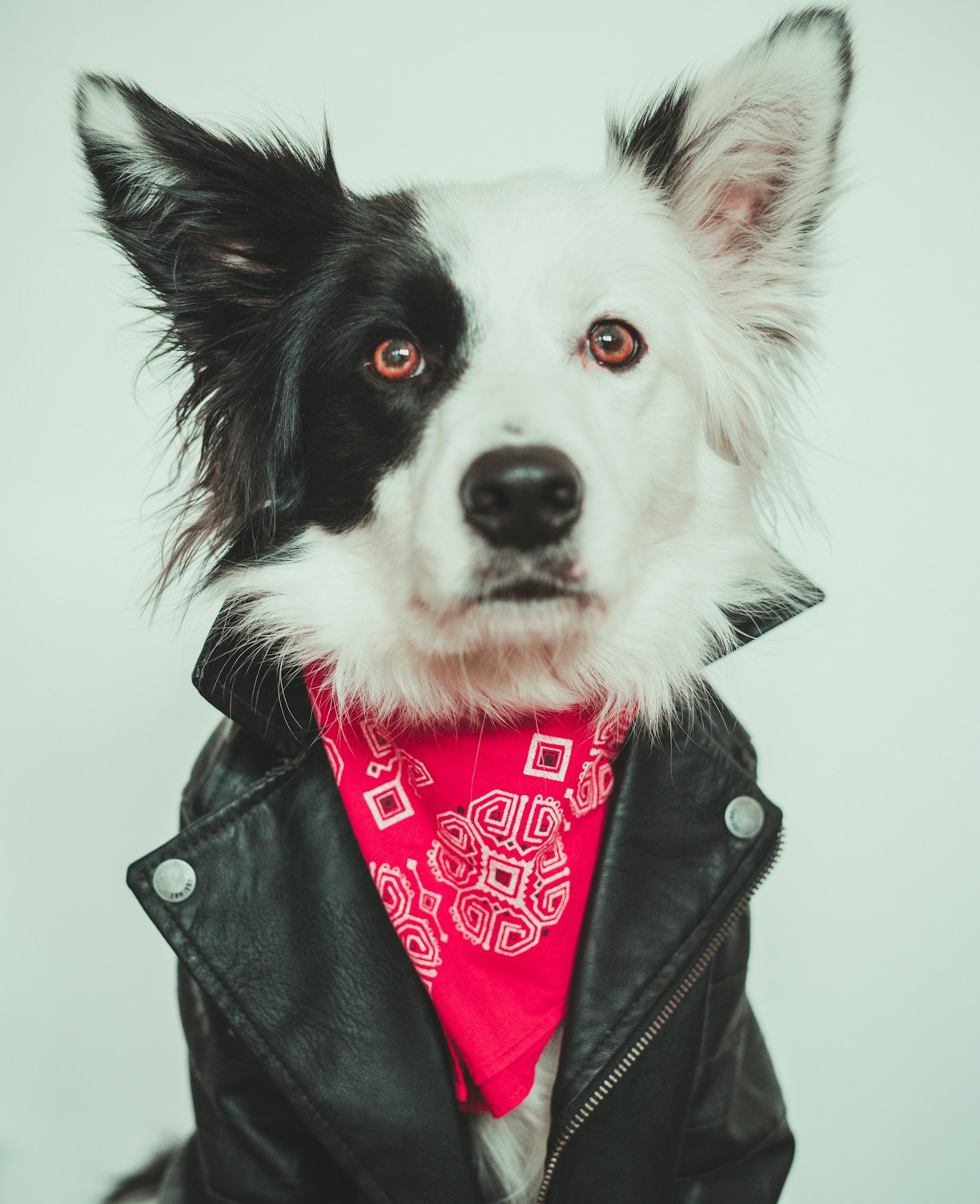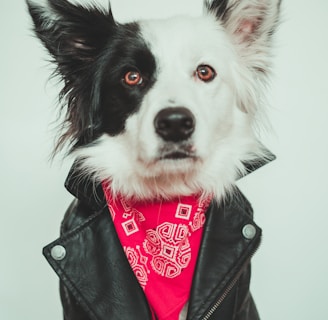Resolving Dog Animosity towards Family Members: Improving Dog-Human Relationships
It can be disheartening and frustrating when our beloved furry friends display hostility or dislike towards certain family members without any apparent reason. This unexpected behavior can strain relationships and create tension within the household.
DOG LIFESTYLEDOG TRAINING
11/18/20234 min read


Improving Dog-Human Relationships
It can be disheartening and frustrating when our beloved furry friends display hostility or dislike towards certain family members without any apparent reason. This unexpected behavior can strain relationships and create tension within the household.
However, it is essential to address this issue promptly and effectively to restore harmony and ensure the well-being of both the dog and the family member involved.
In this article, we will explore the possible reasons behind a dog's animosity towards a family member and provide practical solutions to mend and strengthen the dog-human relationship.
Understanding the Root Cause
Before diving into the solutions, it is crucial to understand that dogs are complex creatures with their own set of emotions and instincts. They communicate through body language and respond to various stimuli in their environment.
When a dog exhibits hostility or dislike towards a family member, it is often a result of specific triggers or underlying issues.
Here are some common reasons behind this behavior:
1. Past Negative Experience
Dogs have remarkable memories, and a negative experience with a family member in the past can shape their perception and behavior. This could include instances of rough handling, accidental injury, or even prolonged exposure to a family member's negative energy. Dogs may associate these experiences with the person involved and develop a defensive or fearful response.
2. Lack of Socialization
Proper socialization is crucial for dogs to develop positive relationships with humans and other animals. If a dog has not been adequately exposed to different people during their critical socialization period, they may exhibit fear or aggression towards unfamiliar individuals, including family members they have not been properly introduced to.
3. Change in Household Dynamics
Dogs are sensitive to changes in their environment, and alterations in household dynamics can affect their behavior. This could include the arrival of a new family member, such as a baby or a new pet, a change in the family's routine, or even a family member moving away. Dogs may struggle to adapt to these changes and may develop animosity towards a specific family member as a result.
Addressing the Issue
Now that we have a better understanding of the possible reasons behind a dog's animosity towards a family member, let us explore some practical steps to resolve this issue and improve the dog-human relationship:
1. Consult a Professional
If your dog's animosity towards a family member persists or escalates, it is advisable to seek guidance from a professional dog behaviorist or trainer. They can assess the situation, identify the root cause, and provide tailored advice and training techniques to address the issue effectively. A professional's expertise can make a significant difference in resolving the problem and ensuring a harmonious household.
2. Create Positive Associations
One effective approach to changing a dog's perception of a family member is to create positive associations. Encourage the family member involved to engage in activities that the dog enjoys, such as playtime, walks, or training sessions. This will help the dog associate positive experiences and emotions with the family member, gradually replacing any negative associations.
3. Gradual Desensitization
If the dog's animosity is rooted in fear or anxiety, a gradual desensitization process can be beneficial. Start by introducing the family member at a distance where the dog feels comfortable and gradually decrease the distance over time. Reward the dog with treats, praise, and affection for calm and positive behavior. This approach allows the dog to build trust and confidence in the presence of the family member.
4. Consistency and Patience
Resolving a dog's animosity towards a family member requires consistency and patience. It is essential for all family members to be on the same page and follow the recommended training techniques consistently. Inconsistent or conflicting approaches can confuse the dog and hinder progress. Additionally, remember that change takes time, and it is crucial to be patient throughout the process.
5. Professional Training Classes
Enrolling your dog in professional training classes can provide numerous benefits. These classes not only help in addressing behavioral issues but also enhance the bond between the dog and the family members. Trainers can guide you on effective communication techniques, positive reinforcement methods, and provide socialization opportunities, all of which contribute to a healthier and more positive dog-human relationship.
Preventing Future Issues
Prevention is always better than cure, and taking proactive measures can help prevent future instances of a dog's animosity towards family members.
Here are some strategies to consider:
1. Early Socialization
Expose your dog to various people, environments, and situations during their critical socialization period, which is typically between 3 to 14 weeks of age. This will help them develop a positive and confident outlook towards different individuals, including family members.
2. Positive Reinforcement Training
Adopt positive reinforcement training methods from the beginning to encourage good behavior and build a strong bond with your dog. Reward-based training techniques create a positive association with family members and reinforce their role as providers of love, care, and rewards.
3. Respect Boundaries
Respect your dog's boundaries and personal space. Allow them to approach family members at their own pace and avoid forcing interactions. This will help build trust and prevent any potential negative associations.
4. Seek Professional Advice
If you are considering adding a new family member, such as a baby or another pet, consult with a professional dog trainer or behaviorist beforehand. They can guide you on introducing the new member in a way that minimizes stress and ensures a smooth transition for your dog.
Conclusion
Resolving a dog's animosity towards a family member requires patience, understanding, and consistent effort.
By identifying the root cause, seeking professional advice when necessary, and implementing positive reinforcement techniques, it is possible to mend and strengthen the dog-human relationship.
Remember, prevention is key, so early socialization, positive reinforcement training, and respecting boundaries can help prevent such issues from arising in the first place.
With time, dedication, and a commitment to building trust and understanding, you can create a harmonious and loving relationship between your dog and all family members.
Subscribe to our newsletter
HEALTHY DOGGOS 2023 COPYRIGHT
